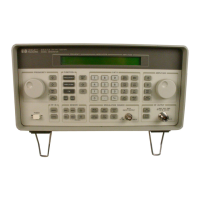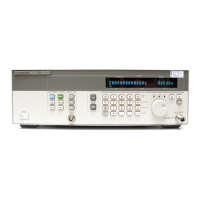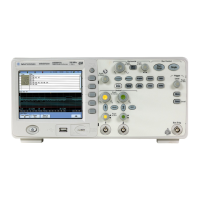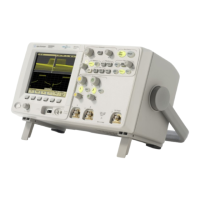481
S:\Hp8960\E1962B CDMA 2000\Pi Release\Reference Guide\Chapters\cdma2000_hpib_read_description.fm
READ? Subsystem
READ? Subsystem
Syntax Diagram and Command Descriptions
Description
The READ? command provides a sequential method to make measurements and retrieve the results. READ?
will hang the GPIB bus until the measurement is completed, or until the timeout value has been exceeded.
Associated SETup commands (for each measurement) are used with the READ? command to retrieve desired
measurement results in a sequential manner.
Sending a READ? command is equivalent to an INITiate/FETCh cycle for a measurement. A READ? command
executes an abort action on that measurement followed by an INITiate and a FETCH?.
READ? commands can be mixed with FETCH? queries in order to make combinations of sequential and
overlapped operations. One measurement can be issued a READ? command (sequential), and the next
measurement can be issued INITiate/FETCh? commands (overlapped), if necessary.
The advantage of using the READ? commands to obtain measurement results, as opposed to the
INITiate/FETCh method is:
• It is simpler. Fewer commands are required to obtain measurement results.
Some disadvantages of using READ? over INITiate and FETCh are:
• The test set does not process any additional GPIB commands until the requested measurement results are
available.
• The sequential nature of the READ? command does not allow the user to make concurrent measurements.
Concurrent measurements require the overlapped commands INITiate, DONE? and FETCh? .
• The READ? command does not provide measurement results such as statistics that are available using the
INITiate/FETCh method.
• The READ? commands have pre-defined measurement results. If additional results are needed from a
measurement they may be obtained with a FETCh? query.
NOTE Trigger arming for each measurement is controlled in the SETup subsystem. Best practice during
remote operation is to set trigger arm to single (Continuous Off).
“READ” on page 483

